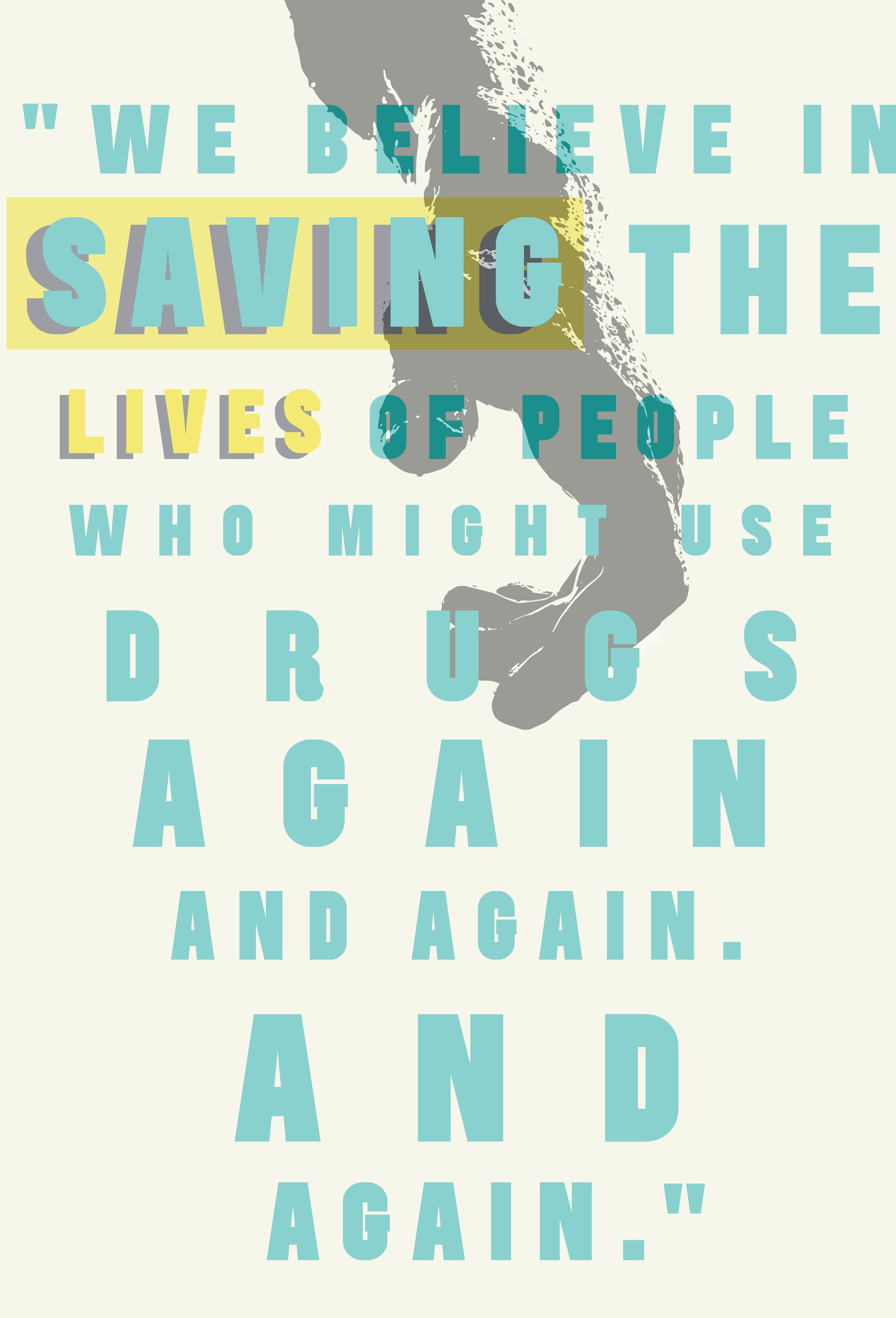
1 minute read
BARRIERS TO ENTRY
Stigma Of Drug Use
A major barrier to entry is the widespread stigma of drug use and harm reduction modalities. The stigma that people who use drugs experience comes from individuals and society at large, discriminatory institutions, and self-stigma.11 Because stigma and stereotypes override logical reasoning, effective solutions for keeping people safe and reducing harm are not being pursued at the scale which they could be most effective.12
Advertisement
Brave believes this stigma will prevent our competitors from succeeding in the space; yet, this is precisely where we shine. Because Brave practices the principles of harm reduction, our tools will serve people who use drugs respectfully and responsibly, resulting in what our pilot projects suggest will be high rates of product adoption.
COMPLEXITY OF U.S. LEGAL SYSTEM
The complexity of the United States legal system poses another barrier. As part of the Ohio Opioid Technology Challenge, Brave will be embedded in Ohio throughout 2019. This is an opportunity to test the flexibility of our technology. Ohio has 88 independent counties and each county oversees Good Samaritan Laws, Drug Paraphernalia Laws, naloxone distribution, emergency response and policing differently. If Brave can solve the complexity of naloxone distribution and community overdose response in Ohio, we will be prepared to navigate the demands of complex legal environments across North America.
Naloxone Distribution

Despite its overwhelming success in reversing opioid overdose, naloxone is still viewed as a scheduled narcotic and serious barriers to public access exist, especially in the quantities that Brave will require to bring our community response network to scale. Brave is working to develop a clear understanding of the naloxone distribution systems - or lack thereofwithin areas where we plan to do our work and make the necessary connections to secure enhanced access.
Community Response
Since 2016, Brave has been digitizing the community overdose response networks that exist in Vancouver, BC. Through this work, we have developed a methodology to calculate overdose response capacity. Brave’s methodology allows us to define density targets and right-size responder capacity requirements in urban, suburban, and rural settings. We are also developing a harm reduction training curriculum to facilitate community capacity building in areas without knowledge of these frameworks or their benefits.











